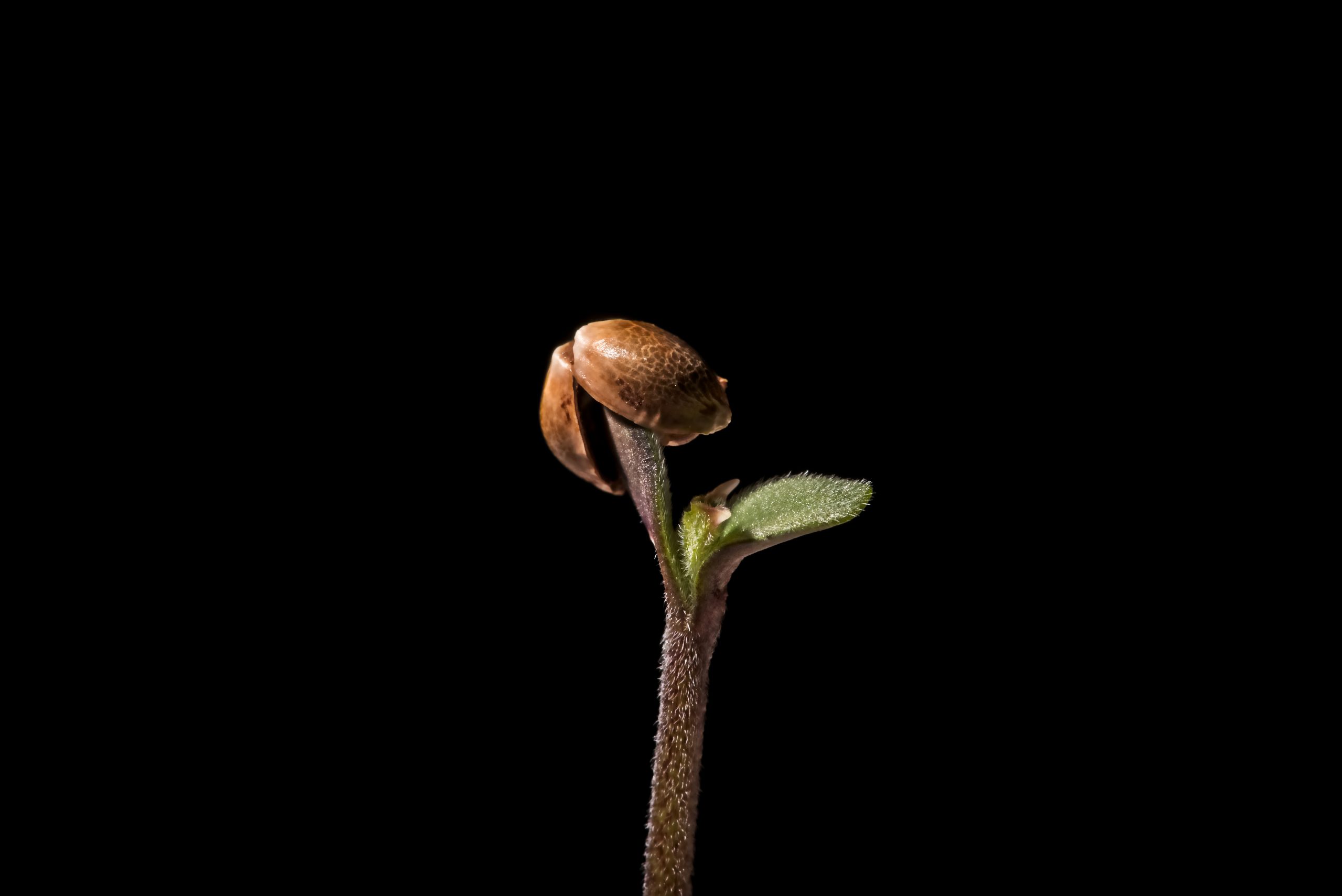- You have no items in your shopping cart
- Subtotal: $0.00
The wide world of cannabis can be divided into a number of categories, including hybrid, Sativa, and indica. These labels are used not just for marketing purposes but also to supply individuals with the information they need to make informed decisions regarding their wellness. As thousands of strains flood the markets in the wake of widespread marijuana legalization, it can be easy to get lost within all the information.
To make better purchasing decisions when it comes to your wellness needs, focus on understanding the basics of the three big weed strains.
Learn the Big Three: Indica, Sativa, & Hybrid Seeds
Cannabis is a flowering herb that is often categorized into three separate subspecies: indica, ruderalis, and Sativa. Sativa strains are bred for their uplifting and invigorating effects, while indica strains tend to provide more balanced, relaxing, and potentially sedative outcomes.
Let’s take a look at some specific information that you can use to help make purchases in the future.
Indica Strains (Marijuana Indica)
Indica strains tend to be short and stocky with bushy builds and broader leaves. Native to Indica, Pakistan, Turkey, and Afghanistan, most indica strains have adapted themselves to survive in harsh, dry, and even turbulent climates.
Pure indica strains will breed plants that are stocky with broad chunky leaves. Indica seeds grow faster than sativa strains, generally, and they also produce more buds. Indica strains are often revered for their relaxing and sedating nature, though this isn’t true of all indica strains. Often, consumers will turn to indica strains as a way to support relaxation while reducing nausea and pain.
Popular Indica Seeds: Hindu Kush, Granddaddy Purple, Northern Lights
Sativa Strains (Marijuana Sativa)
The cannabis sativa strain is grown in dry and hot climates with long sunny days. Popular sources of traditional sativa strains include Central America, Africa, and throughout Asia. In physical appearance, sativa strains tend to grow longhand tall with thin leaves closer to fingers than fans. The average sativa plant can grow over 12 feet tall with extensive delays to reach maturation.
Sativa strains are most commonly associated with energy-driven highs that focus on the mind. Providing mental clarity while reducing anxiety, sativa-dominant strains can be used to combat lethargy and a lack of creativity. Thanks to the stimulating nature of sativa strains, most advocates suggest utilizing sativa strains during the day.
Popular Sativa Seeds: Durban Poison, Green Crack, Sour Diesel
Hybrid Strains
Hybrid strains exist within an odd space in the weed industry. The further we move away from O.G. genetics, the closer we get to everyday hybrids. Hybrid marijuana is often grown in greenhouses or on farms from a selection of Indica and Sativa strains. Hybrid plants are often grown to target certain effects while aiming to provide the best of both worlds.
Hybrid weed plants vary in physical appearance based upon the genetics of the plants involved in the breeding program. Versatile for both day and night use, hybrid strains can be tailored to your specific needs.
Popular Hybrid Seeds: Pineapple Express, Blue Dream, Miracle Alien Cookies
Cannabis Ruderalis
The third type of marijuana we should discuss is known as weed ruderalis. Ruderalis plants are adaptable to extreme environments, which makes them ideal for places with lower temperatures and a lack of constant sunlight. Small and bushy, ruderalis plants rarely exceed 12 inches in height, but they can reach that point in just over a month.
Ruderalis plants commonly feature more CBD than THC, though they lack enough of either to create any notable effects. Ruderalis plants are often used by farmers to create more desirable effects during a rapid growth cycle.
Commonly Asked Questions About Seed Strains
Now that we know the broad strokes of weed seeds and their classifications, we can answer some of the most common questions associated with them.
What Will Get Me the Highest?
When looking for a marijuana product to provide you with an enjoyable high, you are looking at different types of highs. Indicas tend to provide body highs that are comfortable, relaxing, warm, and occasionally sleepy. Sativa strains often bring about more energetic highs that are most pronounced in the head, providing equal parts creativity and energetic thinking.
High THC sativa strains are most closely associated with the potency that high-tolerance shoppers are looking for.
Are There PURE Sativa and Indica Plants?
Time and breeding for genetics has taken us away from the world of pure sativa and indica strains. Instead, in most strains, their genetics can be traced to both sides of the plant growth spectrum. What does this mean? In one way or another, the vast majority of weed on the modern market is technically considered a “hybrid.”
Most cultivators will disclose genetic information upon request, so be sure to explore the lineage of strains that are particularly appealing.
How Do Cultivators Calculate Sativa / Indica Percentages in Hybrids?
Breeders will verify the genetic lineage of a cannabis strain before labeling it with the sativa / indica / hybrid title. Extensive studies have revealed key physical differences between the three categories of cannabis, though the difference in their effects is still up for debate in some circles.
Which Strains Tend to Have the Most THC: Sativa or Indica?
While both sativa and indica strains contain the full spectrum of cannabinoids, their most notable differences come in terms of THC and CBD representation. Sativa strains tend to have higher concentrations of THC when compared to secondary cannabinoids like CBD. Indica strains are more likely to have higher levels of CBD and lower levels of THC.
What Are the Differences Between Indica and Sativa Buds?
Due to the genetic nature of these classes, sativa and indica strains can manifest pretty stark physical differences. Buds from an indica plant tend to have wider bodies with short leaves and broad blades. Sativa strains feature long finger-like leaves with trailing buds akin to a flower. Hybrid strains posit the best of both worlds, and their bud structure reinforces that notion.






